1. Over-the-Top Wallpaper
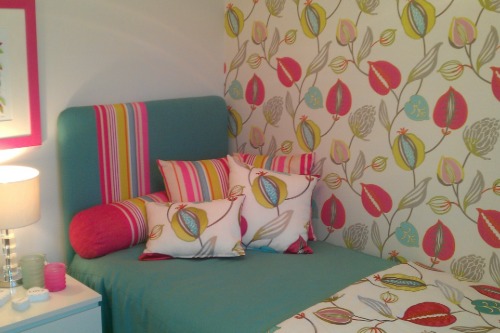
Bold, patterned wallpaper can make a statement, but it’s a polarizing choice. What’s trendy to you might feel dated or overwhelming to someone else. Many buyers prefer neutral walls they can envision their own style on. Extreme wallpaper can make rooms look smaller and even cheapen the look of a home if it’s too busy.
Peeling or outdated wallpaper is another issue—it’s expensive and time-consuming to remove. Bright or dark colors can make spaces feel less inviting. Neutral paint tends to age better and appeals to a wider audience. So while wallpaper can be fun, it might not help your home’s market appeal.
2. Open Floor Plans Everywhere
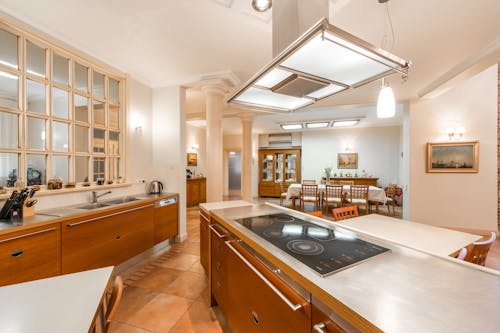
Open floor plans feel modern and spacious, giving a sense of airiness that many homeowners crave. But taking down walls can reduce the number of distinct rooms, which is a drawback for families who want separation and privacy. Buyers with children or those who work from home often prefer more defined spaces. So while it might look chic in photos, it can actually narrow your pool of potential buyers.
Additionally, removing walls can compromise storage space, which is always a hot commodity. Kitchens that flow directly into living rooms may seem stylish, but they can create acoustical issues. Cooking smells travel farther, which some buyers find unpleasant. Over time, this design can make a home feel less functional, impacting its resale value.
3. Overly Customized Kitchens
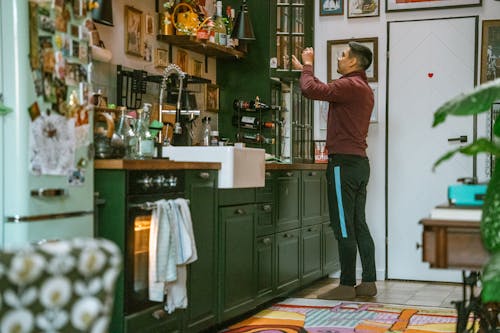
High-end, personalized kitchens with unconventional layouts or exotic materials can look impressive. But if your appliances or cabinets are too unique, buyers may not see themselves living there. Think custom island shapes, colored appliances, or unusual countertop materials—they can be hard to match if someone wants a new style. This often leads to buyers factoring in renovation costs, which can lower the offer.
Even luxury materials don’t always add value. A kitchen that screams “one person’s taste” limits the emotional connection potential buyers feel. Standard layouts and neutral tones tend to be safer investments. It’s chic to cook in a Pinterest-worthy space, but resale value may not follow.
4. Excessive Smart Home Gadgets

Smart lights, automated shades, and touchscreens everywhere look futuristic. However, if the systems are complicated, outdated, or incompatible with other devices, buyers can get frustrated. Many homeowners prefer simple, reliable tech rather than a fully automated house. Overloaded smart features can make your home feel intimidating, not luxurious.
Repairs and updates for proprietary systems can be costly. A buyer might worry about maintenance or replacement costs, which can lower their offer. Additionally, tech trends change fast—today’s gadgets may be obsolete in a few years. So while it seems like a luxury, it might not translate into long-term value.
5. Bold Exterior Colors
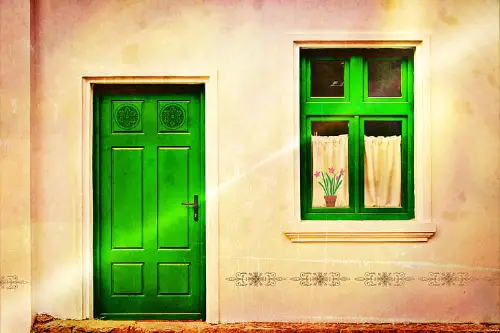
A bright turquoise or neon yellow exterior can make your home pop in photos. But what feels fun now may not appeal to the masses later. Neutral tones like grays, whites, and beiges tend to attract more buyers. Striking colors can make it harder to sell quickly or at a premium price.
Neighborhood cohesion also matters. A standout color may clash with nearby homes, drawing negative attention. Buyers may factor repainting into their budget, which could lower their offer. While it might express personality, bold exteriors aren’t always an investment-friendly choice.
6. Overbuilt Landscaping
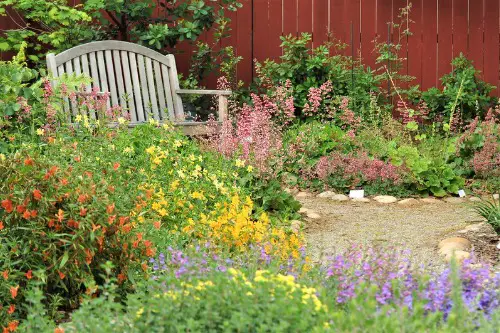
Designer gardens and elaborate water features can be stunning, but maintenance-heavy yards can scare buyers off. People don’t want to spend weekends pruning, mowing, and fixing fountains. Large trees or exotic plants may create long-term upkeep issues. The initial wow factor can quickly fade if upkeep feels like a burden.
High-maintenance landscaping can also increase insurance or repair costs. Irrigation systems and exotic plants can fail or require replacements that are expensive. Buyers often prefer low-maintenance lawns or native plants. Overdoing landscaping can unintentionally reduce your home’s appeal.
7. Tiny Bathrooms Pushed for Style
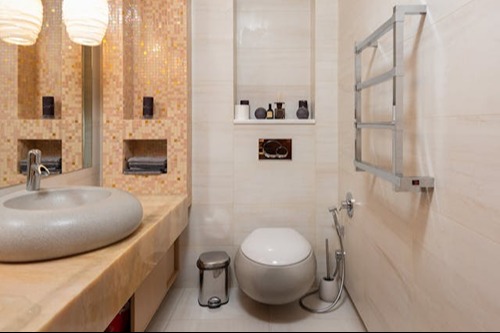
Compact bathrooms with luxurious tile or statement tubs are trendy. But if functionality suffers, it can hurt resale. Smaller bathrooms can feel cramped, especially if storage and counter space are limited. Buyers value practicality alongside style, and tiny bathrooms often rank low on that checklist.
Even a beautiful freestanding tub may be impractical in a small space. Showers with minimal space or awkward layouts can deter families. Buyers might see “renovation required” in their minds, lowering their willingness to pay top dollar. Chic design shouldn’t come at the cost of comfort.
8. Exposed Brick or Concrete Walls
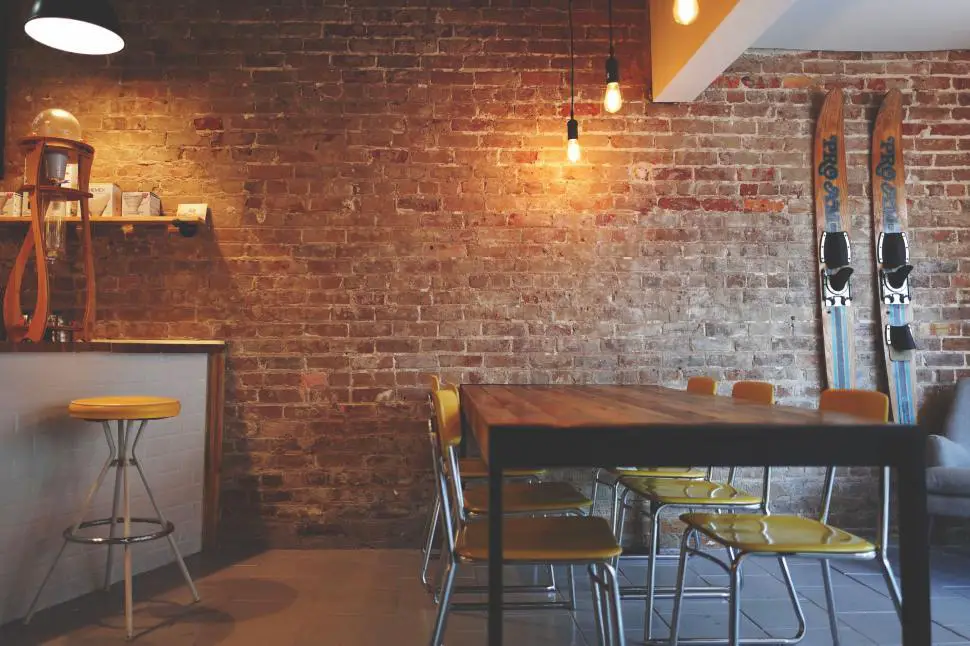
Industrial-style interiors are fashionable, but exposed walls can feel cold and unfinished to many. Not everyone loves the rugged aesthetic, and painting over them can be a headache. The raw look may not appeal to buyers seeking a cozy, inviting home. A stark interior can make your property feel less approachable.
Structural walls that are left bare can also highlight imperfections. Brick dust, cracks, or uneven surfaces might require work to make the space livable. Buyers may factor in the cost of finishing the walls themselves. It’s trendy, but trendy doesn’t always mean profitable.
9. Statement Ceilings
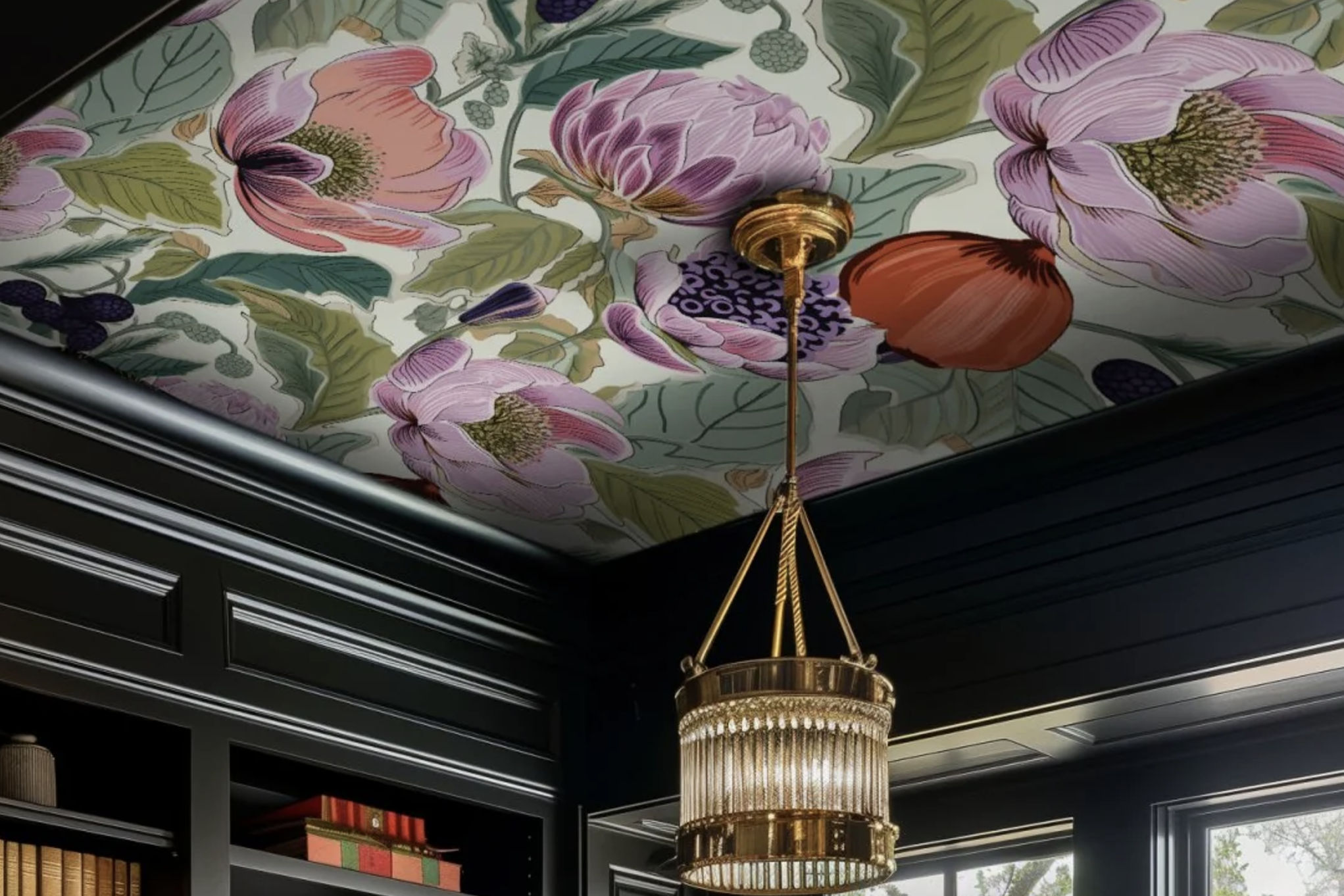
Dark or patterned ceilings are eye-catching, but they can overwhelm a room. Many buyers expect a neutral palette overhead to balance space and lighting. A busy ceiling can make rooms feel smaller or more enclosed than they are. Trendy ceiling treatments might be another “renovation thought” that buyers see as a drawback.
Decorative beams, bold paint, or metallic finishes can also look dated fast. Repairing or repainting ceilings is more expensive than walls. A ceiling that screams style now may feel outdated in a few years. It’s an easy way to scare off buyers who prefer simplicity.
10. Over-the-Top Built-Ins
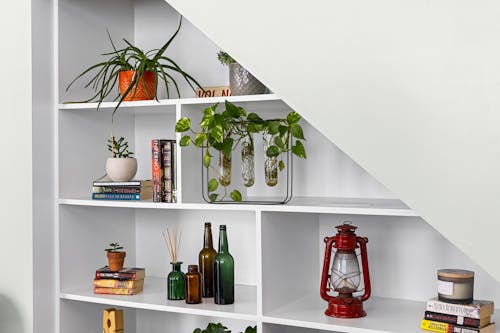
Custom shelves, seating nooks, or entertainment walls can look sophisticated. But overly niche built-ins often limit a buyer’s flexibility. They can make a room feel tailored to one lifestyle or taste. Buyers usually prefer blank canvases they can adapt for their own needs.
Built-ins are costly to remove or modify. If your home feels too personalized, offers can be lower because buyers factor in remodeling. Versatility sells better than uniqueness when it comes to property value. A chic built-in may not pay off in the long run.
11. Overly Modern Bathrooms
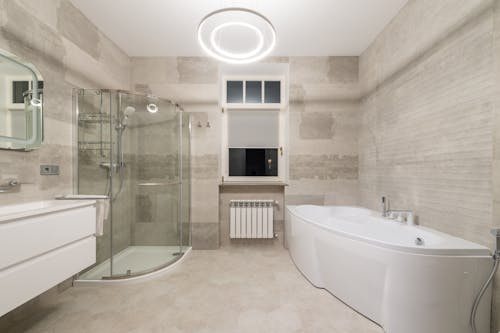
Ultra-minimalist bathrooms with sleek fixtures and glass everything are eye-catching. But some buyers want warmth and comfort rather than a spa-like, cold space. Too much glass and metal can feel clinical. Minimalist bathrooms can also feel smaller if there’s no color contrast or texture.
Maintenance is another concern—water spots, fingerprints, and cleaning glass constantly can be a turnoff. Buyers may envision expensive renovations to make the space more livable. Trends like frameless showers might look modern now, but longevity matters. Style shouldn’t sacrifice practicality.
12. Non-Traditional Flooring
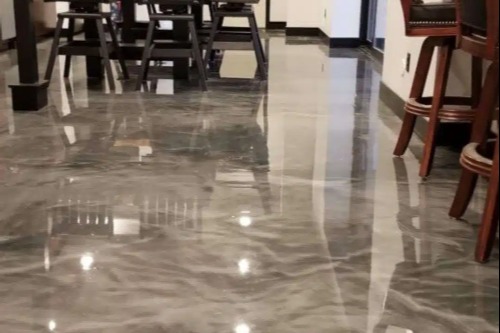
Concrete, epoxy, or exotic wood floors are stylish, but they’re not always buyer-friendly. Some buyers prefer familiar hardwood, carpet, or tile. Flooring that’s too modern or unusual can feel cold or uninviting. It may also be costly to replace if the buyer doesn’t like it.
Hard-to-maintain surfaces like high-gloss epoxy can deter families with kids or pets. Floors are a major investment, so buyers factor in potential replacement costs. Even if trendy, non-traditional floors can unintentionally decrease offers. Safe, classic choices often preserve value better than avant-garde options.
This post 12 Housing Trends That Seem Chic Until They Lower Property Value was first published on American Charm.
